Campitos Turquoise
Turquoise is one of the oldest gemstones known to humanity, celebrated for its vivid blue-green hues and rich historical significance. It has been prized for thousands of years, not only for its beauty but also for its purported protective and healing properties. Turquoise is formed through the interaction of groundwater with minerals such as copper, aluminum, and iron, resulting in a unique range of colors from sky blue to green. Among the various sources of turquoise, Campitos turquoise stands out for its exceptional quality and distinct characteristics.

Origin: Campitos turquoise originates from the Campitos mine, located in the state of Sonora, Mexico. This mine has been operational since the 1980s and is one of the most significant sources of turquoise in Mexico. The Campitos turquoise is often recognized by its vibrant blue color, which is sometimes compared to the clear blue skies of Arizona. It is found as nuggets or as thin seams and is often characterized by a unique matrix, which can include pyrite, adding a beautiful, metallic shimmer to the stone. The mine is known for producing high-quality turquoise that is often used in fine jewelry.
Historical Significance: Turquoise has played a vital role in many cultures throughout history, particularly among indigenous peoples of the Americas. For the Aztecs and other ancient Mesoamerican cultures, turquoise was a symbol of protection and power. It was often used in ceremonial masks, jewelry, and weapons. In Native American cultures, particularly among the Navajo, Zuni, and Hopi tribes, turquoise holds deep spiritual significance and is considered a sacred stone. It is believed to bring good fortune, health, and long life. The Campitos turquoise, with its rich history and striking appearance, continues this legacy, making it a treasured gemstone in both cultural and artistic contexts.
Contents
- Characteristics of Campitos Turquoise
- Mining and Production of Campitos Turquoise
- Uses and Applications of Campitos Turquoise
- Value and Pricing of Campitos Turquoise
Characteristics of Campitos Turquoise

Physical Properties: Campitos turquoise is renowned for its striking color variations, which range from bright sky blue to deep teal. The stone’s color is often consistent, making it particularly desirable for jewelry. One of the most distinguishing features of Campitos turquoise is its matrix pattern, which can include the presence of pyrite, a metallic-looking mineral that gives the stone a unique, shimmering appearance. This matrix can range from delicate, web-like patterns to more pronounced inclusions, adding to the stone’s visual appeal. The overall appearance of Campitos turquoise is often described as vibrant and vivid, with a smooth and polished finish when used in jewelry.
Quality Grades: Campitos turquoise is graded based on several factors, including color, matrix, and clarity. The highest quality Campitos turquoise is typically a solid, even color with minimal matrix, often referred to as “gem grade.” This grade is highly sought after for fine jewelry. Mid-grade turquoise may display some matrix, with slight variations in color but still maintaining a vibrant hue. Lower quality grades often have more pronounced matrix patterns, less consistent color, and may include imperfections or cracks. Despite this, even lower-grade Campitos turquoise can be attractive and is commonly used in more rustic or artistic jewelry designs.
Distinctive Features: What sets Campitos turquoise apart from other types of turquoise is its unique combination of color and matrix. The presence of pyrite inclusions is a distinctive feature that gives Campitos turquoise a metallic luster, setting it apart from other turquoise varieties, which typically have more earthy or stone-like matrix patterns. The stone’s bright, sky-blue color is another characteristic that differentiates it, often making it easier to identify and more desirable among collectors and jewelers. Additionally, the relatively consistent availability of Campitos turquoise, compared to other more scarce varieties, ensures its place as a popular choice in the gemstone market.
Mining and Production of Campitos Turquoise

Mining Process: The extraction of Campitos turquoise involves both traditional and modern mining techniques. The Campitos mine in Sonora, Mexico, is an open-pit mine where miners use heavy machinery to remove large amounts of earth and rock to access the turquoise deposits. Once the turquoise is exposed, it is carefully extracted by hand or with small tools to prevent damage to the stone. The turquoise is found in the form of nodules, veins, or as thin seams within the host rock. After extraction, the raw turquoise is sorted based on its quality, size, and color. The best-quality stones are often polished and cut into cabochons for use in jewelry, while lower-grade material may be used in beadwork or other decorative items.
Environmental Impact: Like all mining activities, the extraction of Campitos turquoise has an environmental impact. The open-pit mining process can lead to soil erosion, habitat destruction, and water pollution if not managed properly. However, in recent years, there has been a growing emphasis on sustainability in the mining industry. Some efforts are being made to minimize the environmental footprint of turquoise mining, such as reclaiming mined land, reducing water usage, and implementing waste management practices. Additionally, responsible mining companies are increasingly aware of the need to protect local ecosystems and are working to mitigate the adverse effects of mining operations.
Market Availability: Campitos turquoise is relatively abundant compared to some other types of turquoise, which helps maintain its steady availability in the market. However, the availability can fluctuate depending on the level of mining activity and market demand. The Campitos mine is one of the primary sources of turquoise in Mexico, and its output significantly influences the supply of turquoise globally. In recent years, as the popularity of turquoise has grown, the demand for high-quality Campitos turquoise has also increased. This demand, coupled with the costs associated with mining and processing, can affect market prices. Despite these factors, Campitos turquoise remains widely available, making it a popular choice for jewelers and collectors alike.
Uses and Applications of Campitos Turquoise
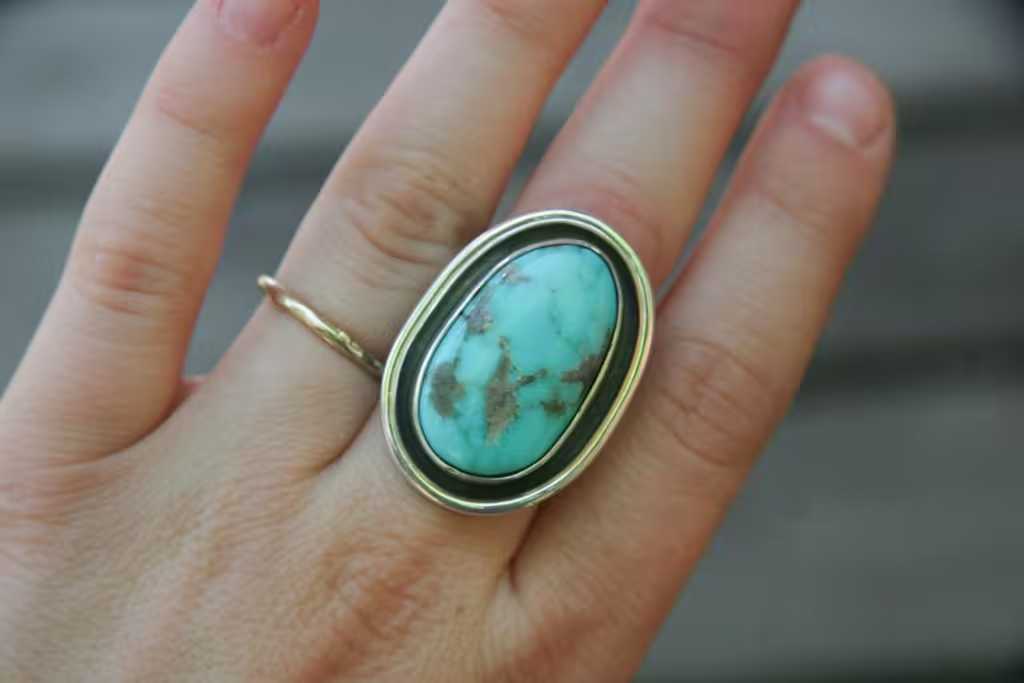
Jewelry: Campitos turquoise is most commonly used in jewelry, where its vivid blue color and unique matrix patterns make it a popular choice. It is often set in silver or gold and used in a variety of pieces, including rings, necklaces, bracelets, earrings, and pendants. The stone’s bright color and the presence of pyrite inclusions give it a distinct and attractive appearance, making it highly sought after in both traditional and contemporary jewelry designs. Artisans and jewelers particularly value Campitos turquoise for its ability to hold a polish and its relatively consistent color, which enhances its appeal in high-end and artisanal jewelry markets.
Art and Craft: Beyond its use in jewelry, Campitos turquoise is also utilized in various forms of art and craft. It is often incorporated into mosaics, inlay work, and carvings, where the stone’s natural beauty adds a vibrant element to the designs. Indigenous artists and craftsmen have long used turquoise in ceremonial and decorative items, such as headdresses, belts, and instruments. The stone’s cultural significance, combined with its aesthetic appeal, ensures its continued use in both traditional and modern artistic expressions.
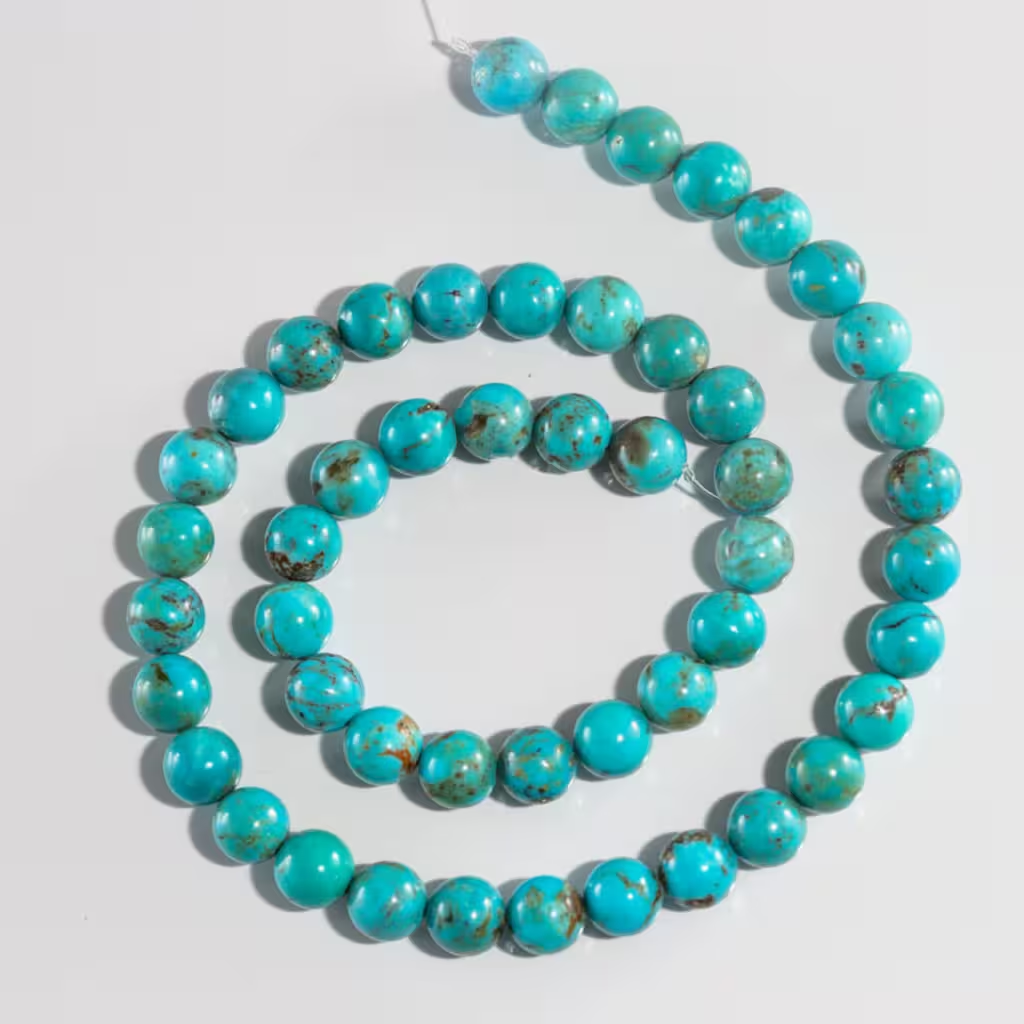
Collectibles: Campitos turquoise is also prized by gemstone collectors. High-quality specimens, especially those with rare or particularly striking matrix patterns, are often collected as investment pieces. Collectors value Campitos turquoise not only for its beauty but also for its relative rarity and the uniqueness of each piece. Over time, as certain turquoise mines become depleted, the value of well-preserved stones from those sources, including Campitos, can increase, making them valuable additions to a gemstone collection.
Healing and Metaphysical Uses: In addition to its aesthetic applications, Campitos turquoise is believed to have healing and metaphysical properties. Many people use turquoise in meditation and energy work, where it is thought to provide protection, enhance communication, and promote emotional balance. It is often used in amulets, talismans, and other spiritual tools. While the scientific basis for these claims is debated, the cultural and historical significance of turquoise in healing practices adds to its allure for those interested in holistic and alternative therapies.
Home Décor: Finally, Campitos turquoise is sometimes used in home décor, particularly in regions where turquoise has cultural significance. It can be found in decorative items like vases, picture frames, and furniture inlays. The vibrant color of the turquoise adds a touch of natural beauty to interior spaces, making it a popular choice for those looking to incorporate gemstones into their home design.
Value and Pricing of Campitos Turquoise
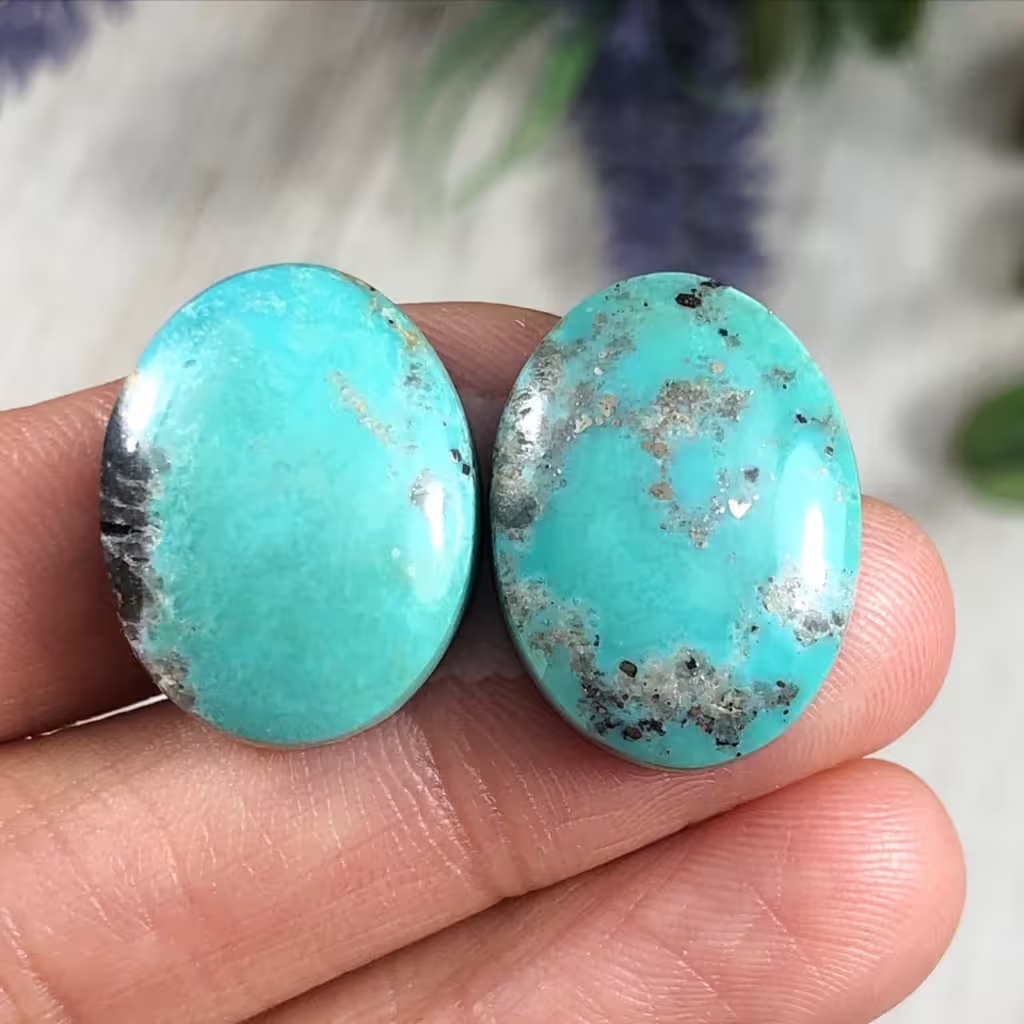
Factors Affecting Value: The value of Campitos turquoise is influenced by several key factors:
- Color: The most significant factor in determining the value of Campitos turquoise is its color. Stones with a bright, even sky-blue hue are considered the most valuable. The intensity and consistency of the color are crucial, with richer, more vibrant blues commanding higher prices. Turquoise with greenish or uneven hues is generally less valuable.
- Matrix Patterns: The presence and type of matrix, or the web-like patterns within the stone, also affect its value. Campitos turquoise often features pyrite inclusions, which can add a unique, metallic luster to the stone. While some buyers prefer turquoise with little to no matrix, others seek out stones with distinctive and aesthetically pleasing matrix patterns, especially those with pyrite. The more visually striking and unique the matrix, the higher the potential value.
- Origin: Turquoise from well-known and respected mines often carries a premium. Since Campitos turquoise is specifically sourced from the Campitos mine in Sonora, Mexico, its origin contributes to its value, particularly for collectors and jewelers who value the specific characteristics of turquoise from this region.
- Size and Clarity: Larger, clearer stones without cracks or inclusions are more valuable. Stones that can be cut into larger cabochons or that have a smooth, unblemished surface are particularly prized in the market.
- Treatment and Enhancement: Natural, untreated turquoise is generally more valuable than stones that have been stabilized or dyed. Stabilization is a common process to enhance the durability of turquoise, but it can lower the stone’s value compared to untreated pieces. Buyers and collectors often seek untreated stones for their purity and natural beauty.
Market Trends: The market for Campitos turquoise has seen fluctuations over the years, influenced by both supply and demand:
- Rising Demand: In recent years, there has been a growing appreciation for turquoise, especially in the fashion and jewelry industries. This has led to an increase in demand for high-quality turquoise, including Campitos turquoise. As turquoise has gained popularity globally, the demand for distinctive and high-quality stones has driven up prices.
- Sustainability Concerns: With a growing emphasis on sustainability, there is an increasing demand for ethically sourced and environmentally responsible turquoise. Buyers are becoming more conscious of the environmental impact of mining, which has led to greater interest in turquoise sourced from mines that implement sustainable practices. This trend may influence pricing, with ethically mined turquoise potentially commanding higher prices.
- Market Availability: The availability of Campitos turquoise can vary depending on mining activity and market conditions. As turquoise becomes more popular, and as specific mines either slow down production or face depletion, the scarcity of high-quality stones can drive prices higher. Additionally, geopolitical factors or changes in mining regulations in Mexico could impact supply and, consequently, prices.
- Collectibility: As certain sources of turquoise, including some areas within the Campitos mine, become less productive, the value of existing stones may increase, particularly for collectors. High-grade Campitos turquoise with unique characteristics may become more sought after as these stones become rarer.
Overall, the market for Campitos turquoise remains robust, with strong demand driven by its unique characteristics, cultural significance, and the continued popularity of turquoise in jewelry and fashion.
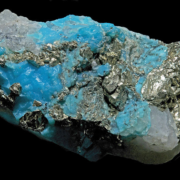
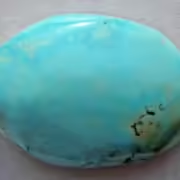
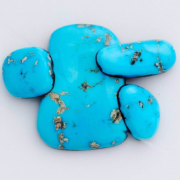
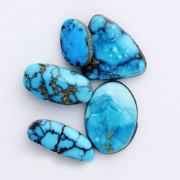
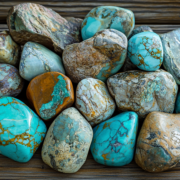


Leave a Reply
Want to join the discussion?Feel free to contribute!